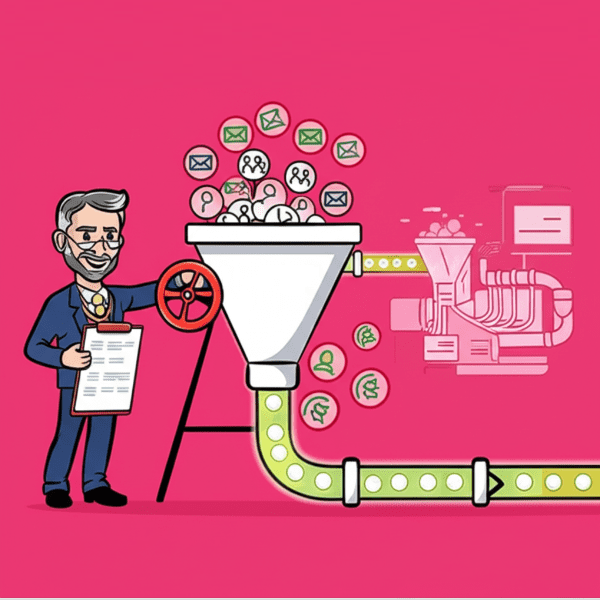Definition: Net profit margin is a financial metric that shows how much profit a company keeps from its total revenue after covering all expenses—including operating costs, interest, taxes, and other deductions. It’s expressed as a percentage and reveals the actual profitability of a business. Net profit margin is calculated by dividing net profit by total revenue and multiplying by 100.
Use it in a Sentence: After cutting unnecessary expenses, the company increased its net profit margin from 8% to 12%, making each sale more profitable.
Why Net Profit Margin is Important
1. Measures True Profitability
Unlike gross or operating margin, net profit margin accounts for every cost. It shows the real “bottom line” of how much money the business actually keeps.
2. Helps Compare Performance

Net profit margin allows you to compare your company’s profitability against competitors or industry benchmarks, regardless of overall revenue size.
3. Guides Decision-Making
By analysing net profit margin, businesses can identify areas where costs are too high, pricing may be too low, or efficiency can be improved.
4. Signals Financial Health
A strong net profit margin suggests a company is running efficiently, while a weak one may point to issues in cost management or pricing strategy.
From Revenue to Real Profit
Net profit margin goes beyond top-line sales to show how effectively a business turns revenue into actual profit. For investors, owners, and stakeholders, it’s one of the clearest indicators of long-term sustainability.
More Definitions
(From the Sales & Marketing Jargon Encyclopedia)
- Qualified Lead: A prospect who meets certain criteria and demonstrates intent or potential to become a customer.
- Link Juice: The SEO value or authority passed through hyperlinks to boost search rankings.
- One and Done: A sales or marketing approach that lacks follow-up or nurturing—often ineffective.
- Big Data: Extremely large datasets analysed to reveal trends, patterns, and behaviours.
- Brand Consistency: Maintaining a uniform message and look across all marketing channels.
Useful Posts
(From the Sales Funnel Professor Blog)
- How Customer Data Segmentation Drives Growth: An explanation of how dividing customers into targeted groups helps deliver personalised marketing, improve engagement, and accelerate business growth.












